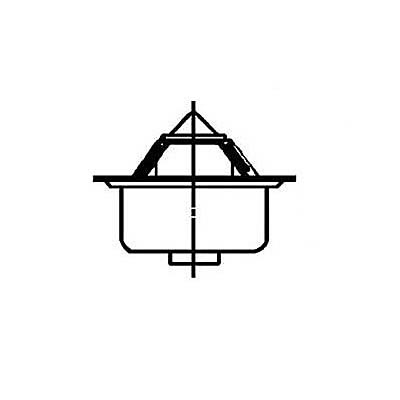DTCMMLF
Well-Known Member
Tech head question....
Mancini (hope I can mention company names here? If not, Sysadmin, spank me and set me straight)
has a 3 core unit with 5/8 inch cooling tubes for under $250.00.
ECP has a 2 core unit with 1 inch tubes, again under $250.00.
I live in Alabama, so it gets warm. And as a side note I also spent a couple of years in Iraq, where it gets real warm.
As I understand it, the water can't just rush thru the radiator. It has to remain long enough for the heat to be extracted correctly.
Saw this issue with the HUMMV's in Iraq. Upgraded radiators manufacturer stated more flow but vehicles were badly overheating.
Water did not linger long enough in the radiator to properly remove the heat.
1 inch tubes sounds good, but will thos tubes being that larger size, will the unit actually remove more heat (restrict the water flow
thru the core) to be adequately removed from the system???
I am leaning toward the 3 core 5/8 tube unit, but am asking all here, with hopefully scads more experience with these newer radiators than I have,
for some guru guidance.
Mancini (hope I can mention company names here? If not, Sysadmin, spank me and set me straight)
has a 3 core unit with 5/8 inch cooling tubes for under $250.00.
ECP has a 2 core unit with 1 inch tubes, again under $250.00.
I live in Alabama, so it gets warm. And as a side note I also spent a couple of years in Iraq, where it gets real warm.
As I understand it, the water can't just rush thru the radiator. It has to remain long enough for the heat to be extracted correctly.
Saw this issue with the HUMMV's in Iraq. Upgraded radiators manufacturer stated more flow but vehicles were badly overheating.
Water did not linger long enough in the radiator to properly remove the heat.
1 inch tubes sounds good, but will thos tubes being that larger size, will the unit actually remove more heat (restrict the water flow
thru the core) to be adequately removed from the system???
I am leaning toward the 3 core 5/8 tube unit, but am asking all here, with hopefully scads more experience with these newer radiators than I have,
for some guru guidance.



















